Working from home or a private office is probably the future of knowledge age companies. It allows you to do away with commuting completely and to work in a quiet and non (over) interrupted environment (if you decide to). It’s the opposite of the open space office. The gain in productivity can be huge. Both you and your (smart) boss are potential winners in the deal, not to mention the potential real estate saving for the latter.
Unfortunately, telecommuting is not for everyone though and this may be why it is not generalized yet despite the positive conclusions of the studies on the subject. Procrastinators may find it very difficult stay as productive as they are at the office. You will also need lot of independence and self confidence. Some employees may also suffer from isolation.
Procrastination and isolation are the two problems I will address in this post. Other problems related to telecommuting won’t be debated here such as:
- security concerns,
- the fact that telecommuters are less likely to be promoted (Kreitner & Kinicki, 2009),
- potential loss of thrust by managers
- communication problems with your team
Here are the 7 things I strongly suggest you to try. I have experimented with this myself during the past 10 years. They provide some tips to help avoid both procrastination and isolation. Disclaimer: you may adapt them to your particular case and not take those empirical & personal observations as a generalization of what to do. I really encourage you to share your own experiences on the subject in the comments.
Procrastination
1. Use a schedule – as if you were in a formal office.
If you don’t do so, you will be tempted to work too much or too little, depending on your personality. Both are problematic long term. Having a fixed schedule will not only create some sort of rule to manage your time, but also help you beat procrastination.
One of the keys to beat procrastination is to have “starters” and avoid “retarders”. If you like to do non work related stuff such as reading news or browse internet, reserve 30 minutes before and after your fixed work time for it. When you feel the need to do it while you are into your work time, remember you will be able to do it after. It usually calms down the need for it and after some some time, the addiction will disapear. When you arrive at your work time schedule, close everything and start working. This can be hard the first few (ten) times, then after a while the habit will kick in.
In order to avoid the frustration of having to leave off work in a middle of something, I try not to start debugging or another task that has unpredictable time duration at the end of the afternoon.
2. Replace commuting by physical excercises and meditation/relaxation.
Telecommuting will free up a lot of time, and you should take it as an opportunity to take care of yourself, and certainly not work more for the same salary. Consider taking up physical excercies and relaxation or meditation. It will improve your overall productivity and will contribute to reducing procrastination (Davis & Jones, 2007).
3. Take regular breaks
Since you don’t have your environment anymore to remind you it’s time to take a pause, use the pomodoro technique. I personnaly taking a break of 10 minutes every 45 minutes, but you may setup your own schedule. I use a special software for that called Workrave that I warmly recommend to you.
The pause can be either doing nothing (it’s what I do every other break) and free your mind or do stuff off your computer such as class papers or call a colleague. In any case, this should occur in another room, and certainly not in front of a computer. I personally do three minutes of mindfulness or simple observation of what is happening outside (simply being in the present moment). Feel free to adapt this to what works best for you.
At noon, take a full break and don’t eat in front of your computer. Some of you may enjoy some cooking time while others may be very relaxed by some time listening to music.
4. Put clear limits between work and your normal life.
This means you have a dedicated office/room you don’t use for your pleasure but only work. This is very important especially if you have kids. Your office should not be used to anything else than working. This also means:
- don’t work on your laptop when you are watching a movie with your family
- avoid any professional activities during the weekend
- remove all work thinking and be 100% mentally available for your well beloved
Isolation
5. Go to lunch outside.
<
Isolation is the other major inconvenience to combat if you are affected by it. To avoid isolation a great solution is to integrate a social lunch with others. Try to do this at least once a week. Even if not with someone else, try to go outside at noon somewhere there are other people. Why not with other telecommuters?
6. Do co-working.
Co-working is the new trend that involves a shared working environment for people even if they have independent activity. It feels like your office, but it’s not. To make this work, the co-work area must be close to your home.
7. Don’t telecommute every work day.
If you telecommute every work day, you will progressively become more and more disconnected from your company’s culture and people. It’s inevitable and it will happen. Be sure to dedicate one or two days on site. When on site, go to lunch with your colleagues.



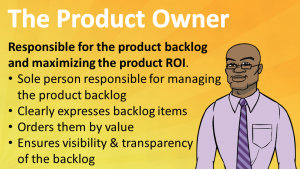
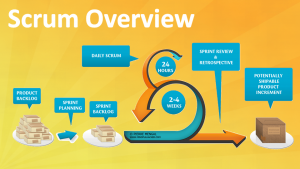


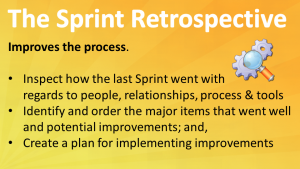
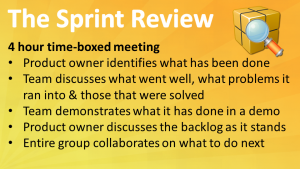
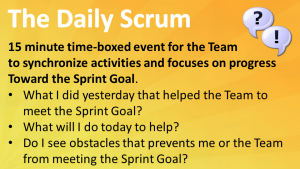
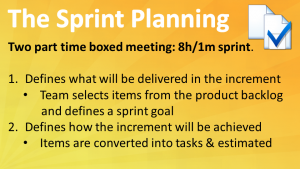
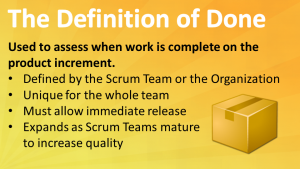
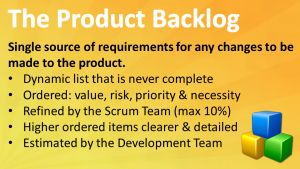
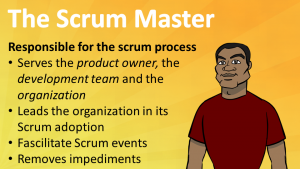

Recent Comments